 You know the story… A Mainframe systems programmer with limited or no experience in managing storage is assigned the responsibility of managing the entire storage environment. As long as there is enough storage available, they can carve up the storage resources necessary based on the requirements given to them by another systems programmer, or database administrator, with little to no thought as to optimization.
You know the story… A Mainframe systems programmer with limited or no experience in managing storage is assigned the responsibility of managing the entire storage environment. As long as there is enough storage available, they can carve up the storage resources necessary based on the requirements given to them by another systems programmer, or database administrator, with little to no thought as to optimization.
Case in point: Recently, a client required some Z/OS support and that the resource should have “a little” experience managing storage. We assigned one of our Z/OS resources that had a significant amount of experience working with storage. While supporting Z/OS, our resource quickly noticed that the client had a large amount of unused storage and then came to find out that the client had purchased a new storage system in the past year. There were times that memory was running at 80% of capacity and higher, and around 20% at other times over the course of an average week.
The Bubble? Our client had given the responsibility of managing and maintaining their storage environment to their Z/OS Systems Programmer. The Systems Programmer did a great job of keeping Z/OS patched, and up and running, but apparently had little to no experience in managing storage, especially balancing workloads.
We can only assume the vendor that sold them the new storage looked at the usage history, and based on that, provided the client with what they thought they needed to maintain their system. Due to mismanagement, the client purchased significantly more storage (in excess of $500,000) than their environment needed, even with growth accounted for. Does your operating budget have room for an additional and unnecessary $500,000?
In many environments, storage is often pushed off to a person that has “some experience” working with it. Misallocation of memory resources and poor workload management can lead to a stoppage in production and even full system outages. There are numerous ways to squeeze the most out of your storage environment: balancing the workload; using third party software, and effectively utilizing native tools. But it takes years of experience to acquire the skill level to tweak the storage, to understand the pros and cons of a specific storage system, and how to properly use the management tools to be most effective. Having this knowledge available to you can result in significant cost savings in a very short period of time, so burst that storage bubble!
Call us today at 1-844-388-IRON (4766) and find out how we can help fix your storage problems.

